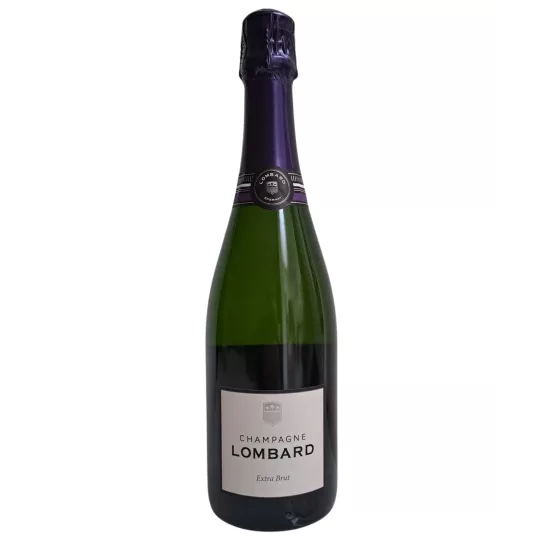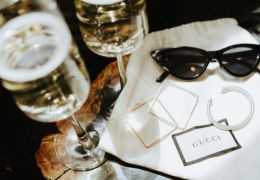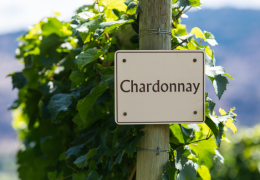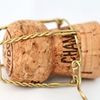Champagne Valentin Leflaive embodies the alliance between Burgundian heritage and Champagne excellence. Thanks to a...

Free delivery for purchases over € 210 in the E.U.
Club We Love Bubbles: Collect points with every purchase
| ❤️ CLUB We Love Bubbles: 100 € spent = 20 loyalty points |
| ❤️ CLUB We Love Bubbles: €100 spent = 20 loyalty points |
| ❤️ CLUB We Love Bubbles: €100 spent = 20 loyalty points |

Champagne Valentin Leflaive embodies the alliance between Burgundian heritage and Champagne excellence. Thanks to a...

Champagne Petit et Bajan, founded in 2008 by Richard Petit and Véronique Bajan, embodies the alliance of two...

Champagne Napoléon, founded in 1825, embodies the perfect blend of family tradition and imperial prestige. Crafted...

Champagne Lebeau-Batiste, a family-owned winery in Chavot-Courcourt, embodies the combination of artisanal tradition...

Champagne Telmont, founded in 1912 in Damery, embodies the perfect blend of family heritage and innovation. Its...













There are several reasons why it is essential for everyone who loves champagne to understand how and why corks can vary: firstly, upon release, the cork can tell us much about the champagne it preserves, and secondly, this fact can help one determine how “new” the bottle really is (you may know it is an old bottle and expect to find signs of its age, or you may have been told it is old and be dubious of this “fact”). Both pieces of information that can be of assistance, especially when one is sceptical about the source of a bottle and its true authenticity…
How you know when your bottle is absolutely fresh: in this case, aside from the gentle hiss which accompanies the opening, the cork will be wider at the base than it is in the middle; in other words, the sides will slope down at an angle, like a mellow pyramid. If the cork is wider in the middle than it is at the bottom, however, this is a sure sign that the bottle is old.
It should also be noted that a cork or a properly designed “stopper” is the only way to go when keeping a previously open bottle of champagne. That old trick with the silver spoon placed in the neck of the bottle? This is nonsense, so don't let your champagne go to waste!

 A Story Of Friendship: Champagne Pol Roger and Sir Winston Churchill
A Story Of Friendship: Champagne Pol Roger and Sir Winston Churchill Champagne-based cocktails
Champagne-based cocktails Champagne rosé
Champagne rosé Serve a good champagne
Serve a good champagne Where to buy Deutz champagne ?
Where to buy Deutz champagne ?Follow us